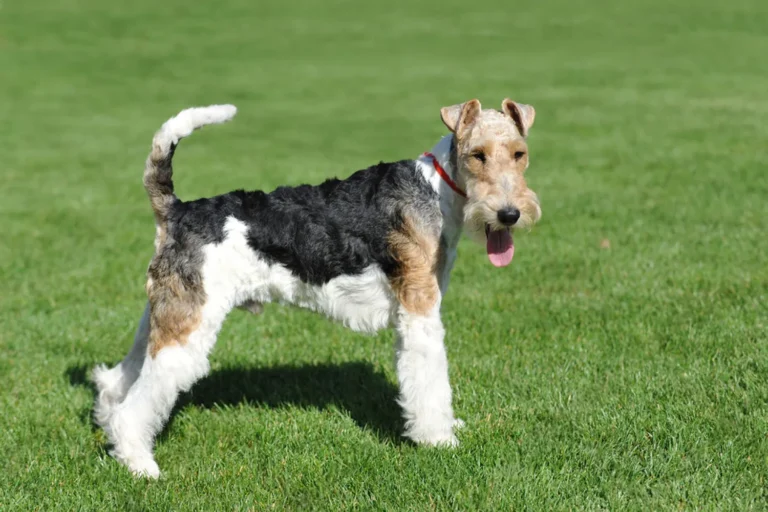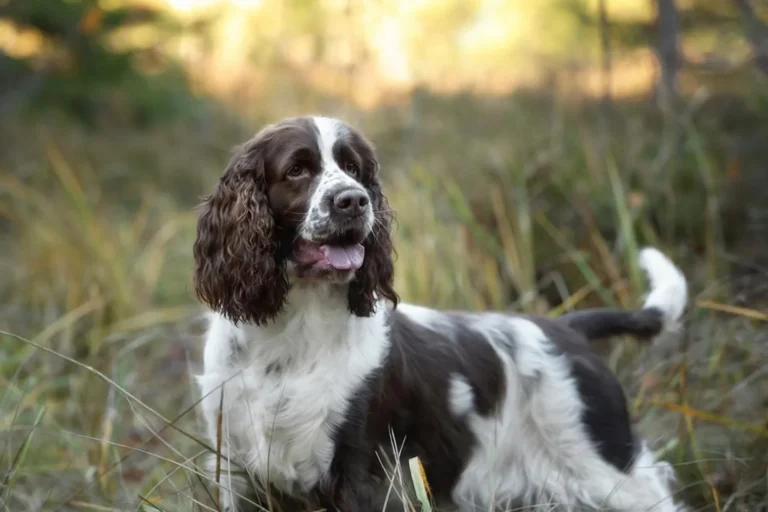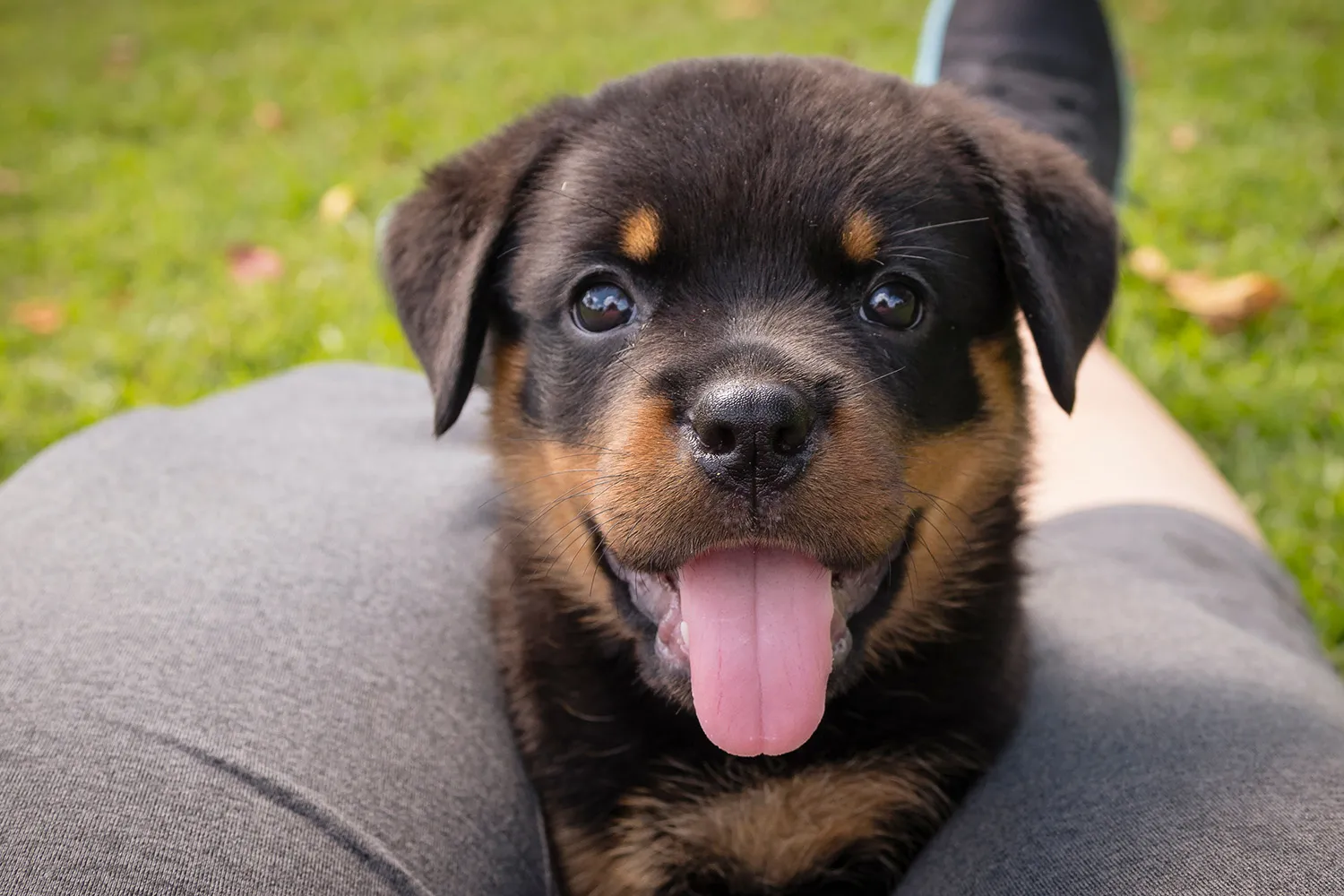
Thinking about welcoming a Rottweiler into your home? That flutter of excitement mixed with butterflies in your stomach is completely normal. I remember bringing my Rottie pup home and sitting on the kitchen floor that first night, his big head in my lap, wondering if I was ready for such a confident, clever dog. The truth is, Rottweilers are full of heart and surprisingly sensitive under all that muscle. They thrive on structure, gentle consistency, and clear boundaries. A little preparation goes a long way: puppy proof your space, stock up on sturdy toys (trust me, flimsy ones won’t last), and line up a vet visit and a positive, reward based trainer before your new buddy even walks through the door.
If this is your first dog, take it slow and keep routines simple short training sessions, regular feeding times, and early socialization with calm, friendly people and dogs. If you’re a seasoned owner, you’ll appreciate how quickly a Rottie picks up cues, but don’t skip the basics; their brains need as much exercise as their bodies. I like to start with name recognition, loose leash walking, and a rock-solid “leave it.” Plan on daily walks and a few brain games snuffle mats, puzzle feeders, or hide and seek with treats are favorites in my house. And remember, it’s okay to feel a little daunted at first. With patience, consistency, and a sense of humor about the occasional drool string, you’ll be rewarded with a loyal, goofy shadow who thinks you hung the moon.
What Is the History and Origin of the Rottweiler?
The Rottweiler is widely believed to be one of the oldest working breeds, with roots that stretch back to the days of the Roman legions. When the Romans moved through what’s now southern Germany, they traveled with sturdy drover dogs to keep their cattle herds in line and protect supplies. After the Romans pulled out in the 2nd century CE, those mastiff type dogs stayed behind and settled around the market town of Rottweil. There, generations of local dogs were bred for strength, steadiness, and a good work ethic traits that still shine through in today’s Rotties.
As the cattle trade boomed, these dogs became indispensable. They drove herds to market and guarded both the animals and the people who handled them. From the Middle Ages up into the early 1900s, Rottweilers often traveled with butchers on buying trips. There’s a famous image of them carrying the day’s earnings in a small leather pouch around the neck safer than a pocket, as any thief would discover. I once saw a Rottie at a heritage parade wearing a replica coin purse and a little cart harness; he looked so proud, like he knew he had an important job to do.
Their versatility only grew. Beyond droving and guarding, Rottweilers served as police dogs, rescue dogs, and dependable all around workers. When modern changes like railways replacing long cattle drives reduced their traditional role, enthusiasts stepped in to protect the breed’s future. In the early 20th century, a national breed club formed to preserve the Rottweiler’s character and working ability, setting the foundation for the confident, kind hearted powerhouse we know today.
Living with a Rottie, you feel that history. They love to have a purpose. A tip from my own household: give them jobs carry a small backpack on hikes, practice carting, or do obedience routines that make them think. It satisfies that ancient “on duty” instinct and turns all that heritage into everyday harmony.

What Is a Rottweiler?
Affectionately known as Rotties, Rottweilers are powerful working dogs with sharp minds and a calm, confident presence. Bred to herd and guard, they still carry that steady, watchful instinct especially around strangers. It’s not that they’re unfriendly; they just like to read the room before handing out tail wags.
With their people, though, Rotties are loyal, affectionate teammates. My neighbor’s Rottie used to lean against my legs like a warm, living ottoman once he decided I was part of the pack. The secret to bringing out their best is early socialization and clear, positive training. Introduce them to new faces and places, teach good manners, and give them a job fetching the ball, practicing obedience, even carrying a backpack on walks. Do that, and you’ll have a steady guardian outside and a gentle goofball on the couch.

Who is a Rottweiler Best For?
Rottweilers can be absolute sweethearts, but they’re not the “anyone and everyone” kind of dog. If you bring home a Rottie, you’re signing up for early, ongoing socialization and consistent training think calm introductions to new people, places, and sounds from day one, plus clear rules that never wobble. I remember taking a young Rottweiler named Goose to a farmer’s market one Saturday. We didn’t just stroll; we practiced polite sits while the coffee grinder buzzed, watched strollers roll by, and let friendly strangers offer treats with an open palm. Those calm, structured moments add up and help prevent the pushy or defensive behaviors that can sneak in later.
There’s also the reality of their reputation. Even the gentlest Rottie can make a stranger nervous. You’ll meet folks who ask, “Is he safe?” before saying hello. It’s not fair, but it’s part of owning this breed. I’ve learned to handle it with patience: I keep my dog close, demonstrate good manners, and let his behavior do the talking. A well fitted harness, a solid heel, and a relaxed owner go a long way. I also recommend brushing up on local rules some communities and insurers have breed specific policies, and it’s better to know ahead of time.
So who thrives with a Rottweiler? Confident, patient owners who enjoy training and structure. Someone who can set boundaries with kindness and stick to them even when that blocky head tilts just right and those big eyes beg for exceptions. First time owners can succeed, but it’s tougher. A friend of mine jumped in as a rookie with a Rottie pup, hit a wall around adolescence, and finally brought in a professional trainer. Once she learned how to channel that confident, independent streak impulse control games, clear routines, and rewarding calm choices everything clicked. The difference was night and day.
Daily life with a Rottie means exercise for both body and brain. They’re strong, athletic dogs who love having a job obedience, scent games, carting, even carrying a backpack on hikes. If you picture a casual couch companion who entertains himself while you work long hours, this isn’t the match. A secure yard helps, but real engagement matters more. I like to rotate short training sessions throughout the day and add “real life” tasks: waiting at doors, settling on a mat during dinner, and polite greetings at the gate. It’s amazing how much calmer they are when their brains are busy.
If you can be a steady leader fair, consistent, and warm you’ll have a devoted family dog who’d cross oceans for you. Mine used to do the classic “Rottie lean” against my legs while I cooked, like a living anchor. Protective? Absolutely, but in the best way: tuned in, confident, and reliable because he knew what was expected of him. For the right person, a Rottweiler isn’t just a good dog. They’re the dog the one you’ll measure all others against for years.
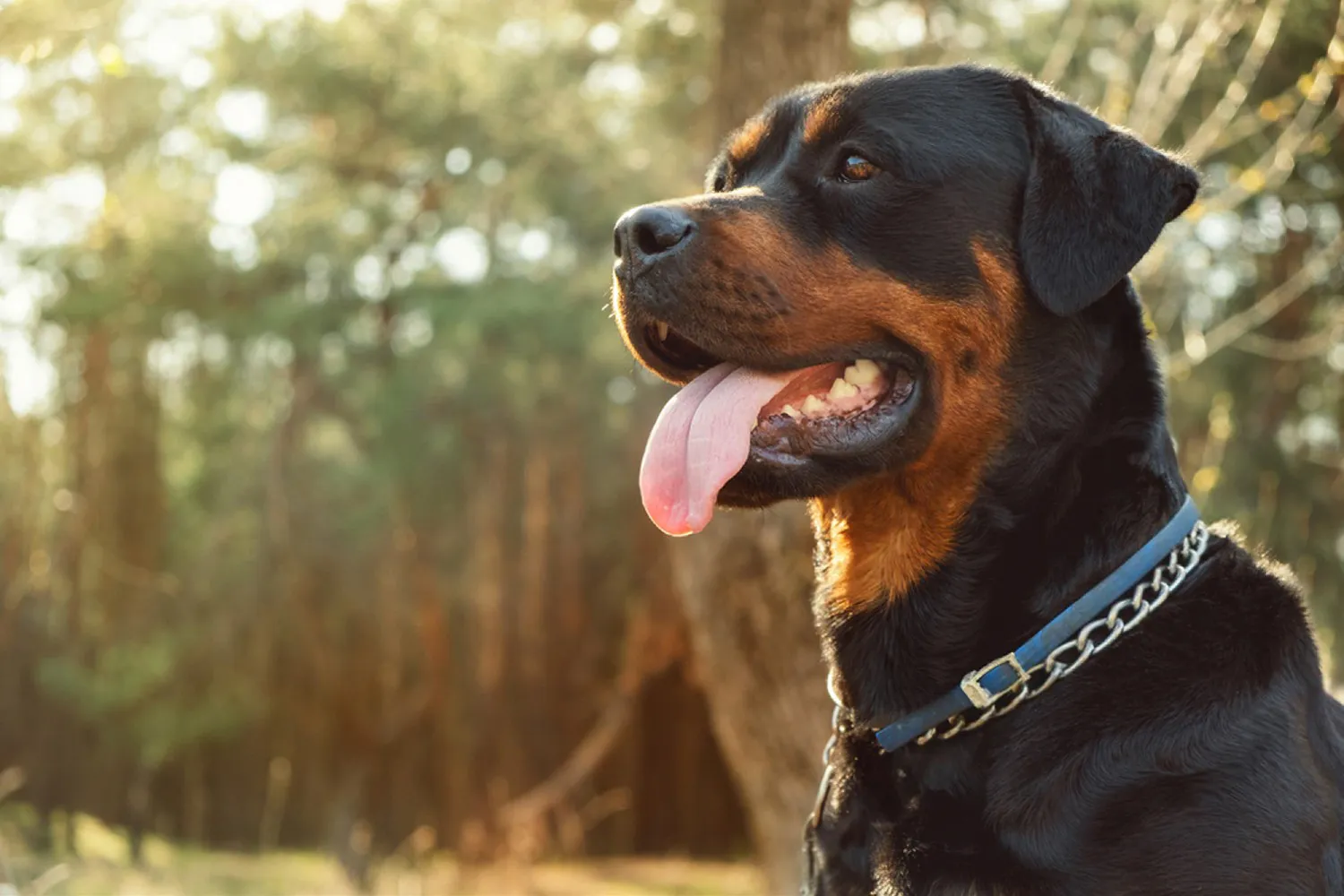
Rottweiler Grooming & Shedding
That sleek, shiny Rottie coat looks low maintenance, but it still needs a little routine to stay at its best. Their fur is coarse, straight, and medium length, lying flat against the body, with a bit of undercoat only under the neck and thighs. I like to give a quick weekly brush with a firm bristle brush or rubber grooming mitt five to ten minutes, going with the grain. My old boy, Diesel, used to lean into the mitt like it was a mini massage. During those areas with undercoat, I do an extra couple of passes, especially as seasons change.
Baths don’t have to be constant, just regular enough to keep the skin comfy and the coat glossy. Every month or so works for us, or sooner if someone finds a mud puddle. Use a dog safe shampoo and rinse really well; that thick neck area can hold suds. A quick wipe down between baths with a damp cloth keeps dust and dander under control, and I always give the skin a once over to catch any hot spots early. Over bathing can dry their skin, so I try to keep it balanced.
Shedding is moderate most of the year, but in autumn and spring you’ll notice the infamous coat blow. That’s when I bump brushing up to daily for a week or two, focusing on the neck and thigh undercoat. I take it outside, and a breeze can be your best clean up buddy. A lint roller by the door is a lifesaver learned that the hard way before a work meeting.
Teeth and nails matter just as much. I aim to brush teeth several times a week and trim nails regularly. A Dremel nail file is fantastic once your Rottie is used to the sound introduce it slowly with treats. I’ll smear a little peanut butter on a lick mat, tap the grinder lightly to each nail, and keep sessions short. Before you know it, grooming day becomes just another cozy routine.

Do Rottweilers Bark a Lot?
Most Rotties are the strong, silent type the kind who size up a situation before deciding if it’s worth making noise. They’re thinkers with a “wait and see” attitude, which is part of what makes them such confident, reliable companions. When something truly matters, they’ll let you know. My friend’s Rottie, Diesel, gives one deep “boof” at the door and then stands there like a bouncer, waiting for instructions. That’s classic Rottweiler: calm, deliberate, and very capable.
Don’t mistake their quiet nature for a lack of protectiveness. These dogs are powerful and self assured, and they absolutely will step in to guard their people if they sense a real threat. Most of the time, though, they prefer to observe. You might hear a single bark, a huff, or that famous “Rottie rumble” that sounds gruff but often just means, “I’m here and paying attention.” My old girl would lean into my leg and give a low grumble when she noticed something outside no frenzy, just a heads up.
If your Rottweiler does start barking more than usual, it’s usually a message: I’m bored, I’m unsure, or something’s changed. A solid routine of exercise and mental games (think scent work or puzzle toys) keeps their minds busy and their voices quiet. I like to teach a calm “thank you” cue praise the first alert bark, then reward silence. Manage common triggers with simple fixes like frosted windows for sticky door watchers, and make sure they’re well socialized so they can tell the difference between a delivery driver and a real problem. Do that, and you’ll have a naturally quiet, wonderfully steady guardian by your side.

What’s the average weight and height of a Rottweiler?
Rottweilers are big, sturdy dogs, but they grow at a steady, slow pace. Don’t panic if your pup looks a bit lanky or small next to others the same age. My boy didn’t really fill out until after his first birthday one month he looked like a beanpole, and a few months later he turned into a solid block of muscle.
For size, females typically weigh between 35 and 48 kg and stand about 56 to 63 cm at the withers (that’s the top of the shoulders). In pounds and inches, that’s roughly 77-106 lb and 22-25 inches. Males are usually bigger, around 50 to 60 kg and 61 to 69 cm at the withers think 110-132 lb and 24-27 inches. Genetics and build play a role, so a lean, athletic female and a broad chested male can look quite different even when both are perfectly healthy. – https://en.wikipedia.org/wiki/Rottweiler
A quick tip from living with these lovable tanks: focus on body condition, not just the number on the scale. You should be able to feel ribs with light pressure and see a slight waist from above. Keep meals measured, go easy on treats, and stick to controlled exercise especially while they’re maturing. Large breed puppies benefit from slow, steady growth, so no marathon runs or high impact jumps until they’re older. To measure height at home, have your dog stand square, place a book flat on the withers, and measure down to the floor; for weight, hop on a scale with and without your dog and do the math.

Are Rottweilers Easy to Train?
Short answer: yes if you start early, stay consistent, and keep it positive. Rottweiler puppies are little sponges, and the training you do in those first months sets the tone for everything that follows. When I brought my first Rottie home, we started day one basics like name recognition and gentle leash skills, then headed to a good puppy class as soon as vaccinations allowed. Strong leadership matters, and by that I mean clear rules, routine, and calm follow through not harshness. Rotties respond brilliantly to fairness and clarity.
Socialisation is non negotiable. These are people dogs to the core, and they should live in the home with you, not outside or off on their own. I used to take my pup on “mini field trips” to watch the world: a hardware store, a café patio, the park on a Saturday morning. We’d hand out treats for meeting folks in hats, hearing skateboards, or walking past another dog. Those early, cheerful experiences pay off later when they move through life like confident, polite citizens. At home, I kept a bed near the kitchen so my Rottie could be part of the action while learning to settle being close to their humans helps them relax.
Rottweilers are smart, eager to please, and sometimes just a little too clever. That stubborn streak shows up most when they’re bored or when the rules change day to day. Keep sessions short and upbeat, use high value rewards, and be consistent about what you allow. One time my boy decided “sit” didn’t apply on wet grass; I calmly reset, made the sit worth his while with praise and a treat, and we practiced on every soggy patch we could find. What never works is being rough yanking, shouting, or intimidation can create bigger problems and damage trust. Firm but fair wins every time.
Because they’re a working breed, Rotties crave jobs for both brain and body. Mix in obedience, rally, scent work, or even carting mine lit up when we started nose games. At home, puzzle feeders, snuffle mats, and “find it” with hidden treats can turn a rainy day into a training win. Think two or three five minute sessions scattered through the day, plus lots of calm exposure to new places and friendly faces.
Are Rottweilers easy to train? With early training, strong (but kind) leadership, and steady socialisation, absolutely. They’re capable, versatile partners who excel when they live alongside their people and have plenty to do. Put in the time now, and you’ll have a well mannered, hardworking best friend for years.
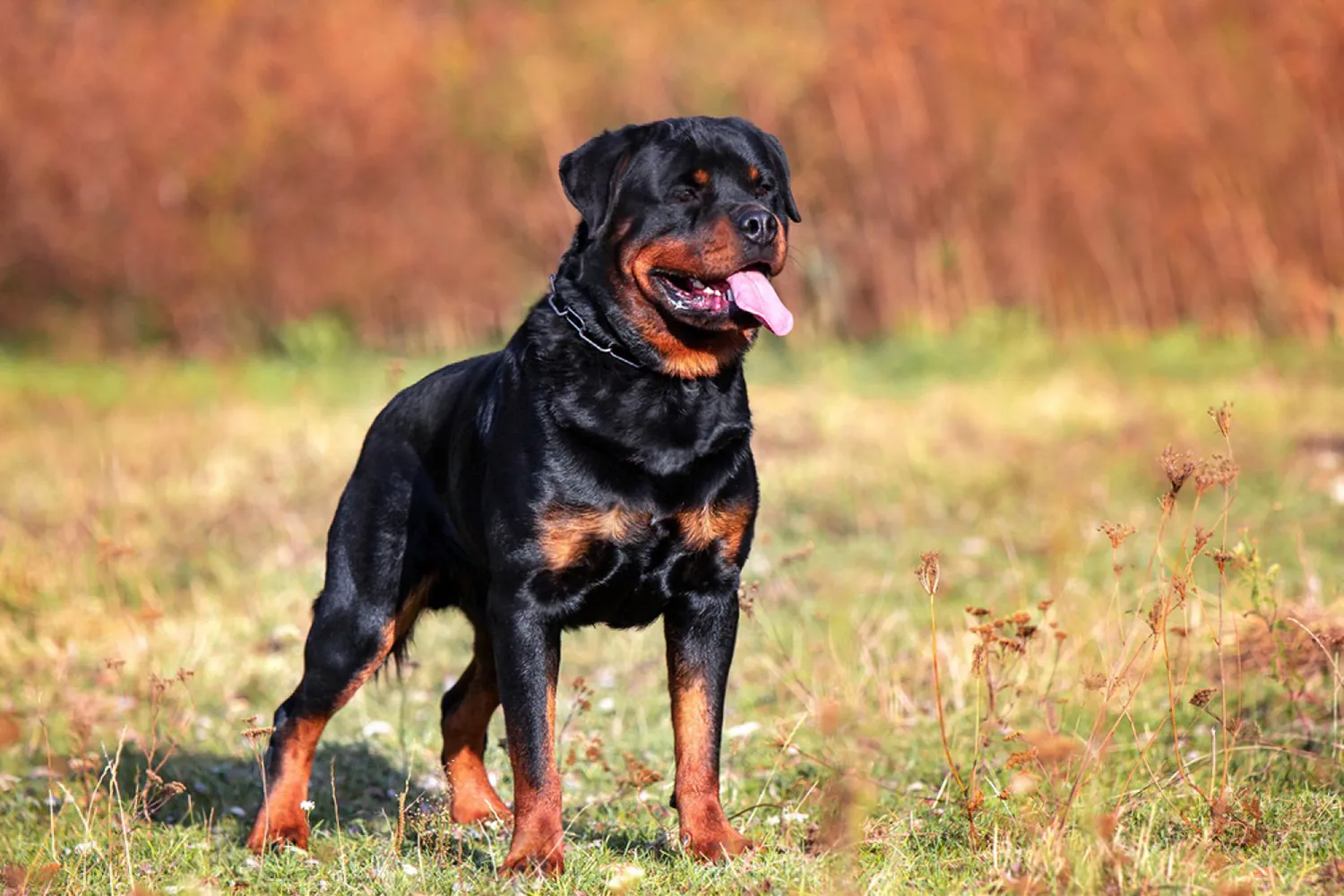
How Do Rottweilers Behave? A Look at Their Temperament and Personality
Rottweilers are naturally calm, courageous, and confident more steady oak than bouncing rubber ball. They’re not typically excitable, and that composed nature is part of their charm. I remember standing in line at a coffee truck next to a big male Rottie who simply surveyed the scene like a security guard on a break: quiet, observant, completely unbothered. That’s their vibe thoughtful, brave when needed, and deeply loyal once you’re “their person.” They can be a bit aloof with strangers, but at home they’re often shadow dogs, happiest when they can snooze at your feet while keeping one eye on the room.
You may notice some differences between males and females. Males tend to be the strong and silent type and, in particular, may be distrustful of dogs of the same sex. If you’re introducing a male Rottie to another male, do it on neutral ground, keep leashes loose, and watch for stiff body language I’ve had better luck with calm, one on one walks than with busy dog parks. Females are often a touch easier to manage and usually show their affection more readily; my friend’s female Rottie leans her whole weight into you like a heated blanket with paws. Regardless of sex, clear boundaries and early socialization make a world of difference. I like teaching a solid “look” cue and a relaxed “place” command early on; pair that with puzzle toys or a stuffed Kong after a walk, and you’ll see that wonderful calm confidence shine through.
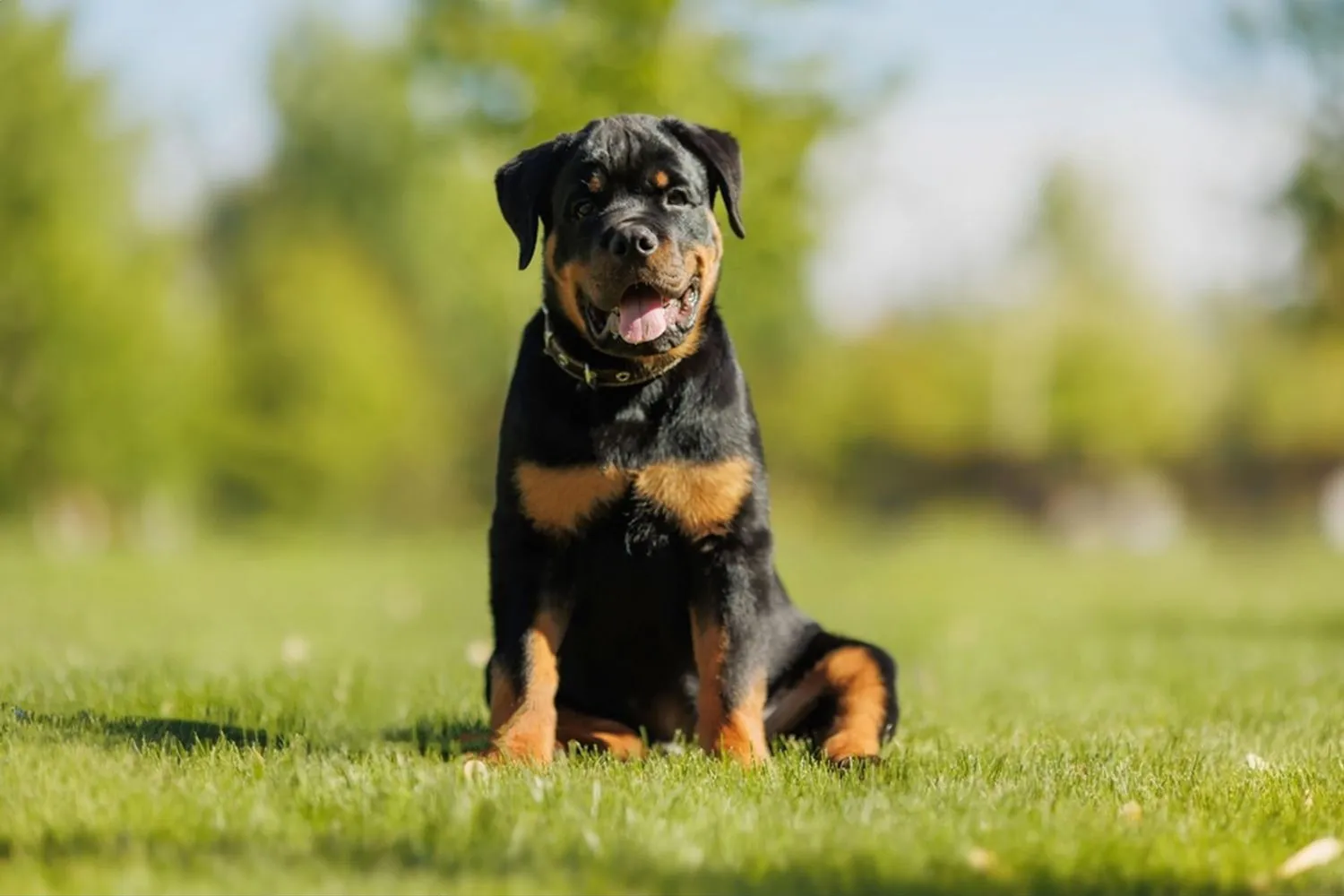
Do Rottweilers Have Common Health Issues?
Short answer: they’re generally sturdy, healthy dogs. Still, like many large breeds, Rottweilers can run into trouble if breeding corners are cut. That’s why an ethical breeder is worth their weight in gold. A good breeder will screen both parents for hips, heart, and eyes before a single puppy is planned, and they’ll happily show you the paperwork to prove it.
There are a few conditions Rotties are more prone to:
– Hip dysplasia
– Elbow dysplasia
– Hypothyroidism
Bone cancer can also affect large and giant breeds, including Rottweilers. It’s not common, but it’s something responsible owners and breeders keep on their radar.
If you’re buying a puppy, ask to see health clearances for the sire and dam. These documents show the parents were tested and cleared for specific issues typically hip and elbow evaluations, a cardiac exam, and an eye exam. I always ask for the actual certificates and write down the registry numbers; a reputable breeder won’t flinch. My friend once joked that her breeder practically framed the clearances like diplomas honestly, that’s the energy you want.
Once your Rottie is home, a few simple habits go a long way:
– Keep them lean. Extra weight is tough on hips and elbows. I learned this the hard way with my food motivated boy; a measuring cup saved us.
– Build steady, low impact exercise. Walks, gentle hikes, and swimming beat repetitive high jumps, especially while they’re still growing.
– Watch for subtle changes. A new limp, reluctance to jump into the car, or a sudden “slowing down” can be your early nudge to call the vet. With hypothyroidism, I’ve seen dogs get a bit sluggish, gain weight, and their coats look dull easy to miss if you’re not looking.
– Keep floors friendly. I kept a stash of runner rugs on our slick hallway, and it made a world of difference for traction and confidence.
Annual vet checkups are your safety net, and with big dogs I like to keep a simple health journal weight, any stiffness after play, appetite, energy. It helps spot patterns before they become problems.
Bottom line: start with a reputable breeder who does all the right testing, then stack the deck with good nutrition, smart exercise, and regular checkups. Do that, and your Rottie has every chance to live a long, happy, tail thumping life at your side.

What Is the Lifespan of a Rottweiler?
Big dogs do tend to have shorter lives, and Rottweilers are no exception. Most Rotties live around 9-12 years, which is actually quite solid for a large breed. My old boy, Duke, made it to 12 and still insisted on patrolling the backyard like it was his personal kingdom. Those grey whiskers just made him look wiser.
The best way to stack the odds in your favor is with steady, sensible care. Regular vet visits (I like to schedule a senior checkup twice a year once they hit 7 or 8), daily exercise, and a high-quality diet go a long way. Keep them lean extra pounds are tough on joints and hearts so measure meals and skip the constant treats. I’m a big fan of low impact exercise like brisk walks and gentle hikes; save the all out sprinting for short bursts. Mental workouts matter too. Ten minutes of training, puzzle toys, and sniffy walks can tire out their brain as much as their legs.
Little habits add up. Brush those teeth, keep nails trimmed, and give them a comfy, supportive bed for their hips and elbows. Watch for subtle changes slowing down on walks, stiffness after naps and mention them to your vet early. Most of all, enjoy the everyday moments. I still remember Duke’s slow, happy head tilt when I said “park.” Take the photos, celebrate the birthdays, and make those 9-12 years full of things your Rottie loves.
How Much Should a Rottweiler Eat?
I always tell new Rottie owners: start with great food, then let your dog tell you the rest. High-quality nutrition, whether you cook at home with your vet’s guidance or choose a reputable commercial brand, makes a huge difference. Make sure the formula matches your dog’s life stage large breed puppy food for growing youngsters, a balanced adult formula once they’re mature, and something gentler for seniors. With Rottweilers, those large breed puppy formulas are important to support steady, healthy growth.
How much to feed isn’t one size fits all. Build, age, and activity level all matter. My old boy Tank was a champion napper and needed fewer calories; my friend’s Rottie, Bruno, hikes every weekend and eats more on those busy weeks. Use the feeding guide on the bag or your vet’s recommendation as a starting point, then adjust based on how your dog looks and feels. You should be able to feel ribs without digging, see a waist from above, and notice a slight tummy tuck from the side. If the ribs are hiding, scale back a bit; if they’re poking out, add a little more.
A few practical tips that have helped me: measure meals with a cup or, even better, a kitchen scale so portions stay consistent. Split food into two meals (puppies may need three to four smaller ones) to keep energy steady. Premium foods are often more nutrient dense, so you may feed fewer cups than with bargain brands and your dog is still better nourished. Keep treats to about ten percent of the daily intake; they add up faster than you think. And because Rottweilers can be enthusiastic eaters, consider a slow feeder bowl and avoid hard play right after meals.
Finally, check in with your vet periodically, especially if you’re home cooking or your dog’s weight changes. I like to do a quick monthly weigh in and body check it takes two minutes and saves a lot of guesswork. Your Rottie will thank you with that big, happy grin.

Rottweiler FAQs
People ask me about Rotties all the time, and after living with one and helping a few friends raise theirs, I’ve learned a thing or two. Here are honest, real‑world answers to the big questions.
Are Rottweilers suitable pets for children?
Rottweilers are generally a better fit for families with older kids who can follow rules and treat a big dog respectfully. I always teach children to ask the dog for a simple sit, offer a palm‑down hand for sniffing, and keep their hands off ears, tail, and collar. No climbing, no tight hugs, no riding “like a pony.” I set up a “dog zone” with a bed where my Rottie can retreat and not be bothered especially when he’s eating or sleeping. And supervision is non‑negotiable. I never leave kids alone with any dog, ever. My nephew learned to drop a treat and step back, and once he did, our Rottie adored quiet story time on the rug but we skipped rowdy birthday party chaos.
How do Rottweilers react to other dogs in the house?
If they’re brought up with other dogs and pets, most Rotties learn to live peacefully and can even be wonderfully gentle with their housemates. Where you may see friction is with unfamiliar dogs, especially if they’re suddenly brought into the home. I do slow, neutral‑ground introductions think a short parallel walk before anyone crosses the doorway. Swap bedding for scent, reward calm glances, and keep first meetings brief. I also feed separately and give new arrivals their own space at first. One time I fostered a senior terrier; we met at the park, took a stroll, then headed home together. That small step made the transition smooth.
Are Rottweilers receptive to obedience training?
Absolutely. Rotties are smart, eager to please, and famously capable there’s a reason they’ve been used in police and service roles. “Firm but fair” has worked best for me: clear rules, consistent follow‑through, and tons of praise and rewards for getting it right. Keep sessions short and upbeat, and start on day one. I love teaching a rock‑solid “place” cue to keep that big body out of the kitchen during dinner and a cheerful recall for the park. Mental work puzzle toys, scent games, simple tricks tires them out in the best way.
Which dog sports do Rottweilers excel at?
Don’t let their size fool you Rotties can be surprisingly agile. Many enjoy agility courses and shine in carting and weight pulling thanks to their strength and confidence. Mine used to haul a little garden cart with firewood, tail wagging like it was the best job on earth. If you try pulling sports, wait until your dog is fully mature, use proper gear, and build up slowly. Even if formal competition isn’t your thing, long hikes, obedience games, and backyard agility obstacles can give a Rottie that happy “I’ve got a job” glow.
With respect, structure, and daily engagement, a Rottweiler can be a loyal, joyful partner who loves being part of the family routine.
Disclaimer:
This article is for informational purposes only and doesn’t replace professional veterinary or training advice. Always consult a certified vet or dog trainer for guidance specific to your pup.
